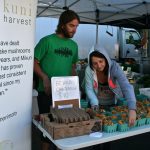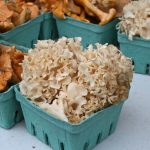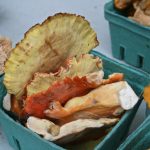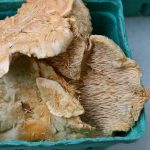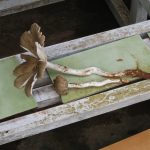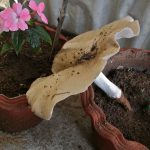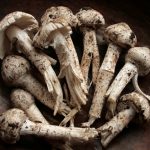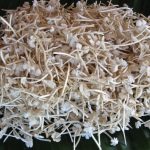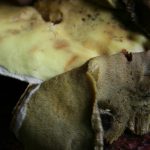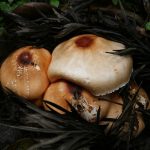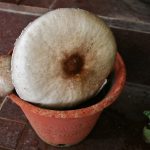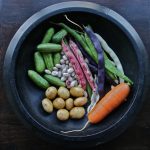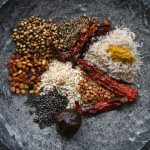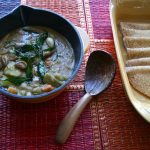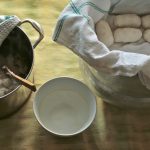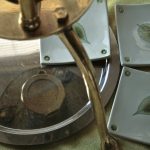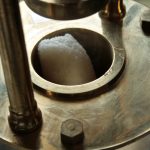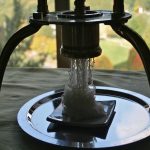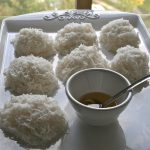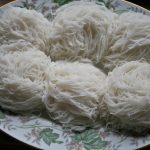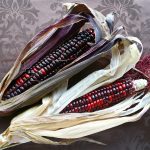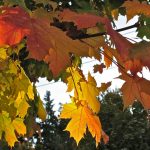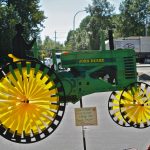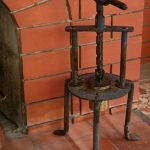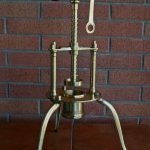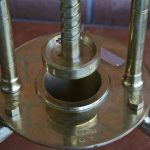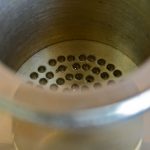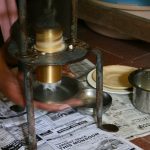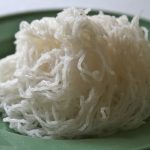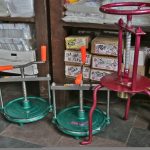Two wild mushroom seasons to savour – a monsoon one in Coorg and an autumn one in British Columbia. Each throws up wild fungi with distinct personalities, forged by the terroir, no doubt.
British Columbia is a mycologists’s dream, with thousands of species lurking about, waiting to be discovered. And for someone who just loves to eat wild mushrooms, this is paradise, and not just in the fall. The climate here allows for a wide span of foraging and harvesting months. At this time of year, the Queen Charlotte islands sprout fields of golden chantrelles that can be seen from the air. Northwest B.C. is where the precious Pine mushrooms, or matsutake grow. Their distinctive, resinous fragrance is quite beautiful. Sweet tooth or hedgehog mushrooms, cauliflower mushrooms, chicken of the woods, wild oyster mushrooms, lion’s mane.. it’s a deliciously jumbled jungle out there!
The hilly region known as the Western Ghats in India, too, is host to large variety of edible fungi, though they are rather harder to come by these days. The use of chemical fertilizers and the increasing pressure of population on the land has reduced the grounds where mushrooms can grow undisturbed, So, if you are lucky enough to get some, savour every morsel.
Only a trained eye can distinguish edible mushrooms from poisonous ones. Under no circumstances should anyone without experience attempt to pick and eat wild mushrooms without expert supervision.

